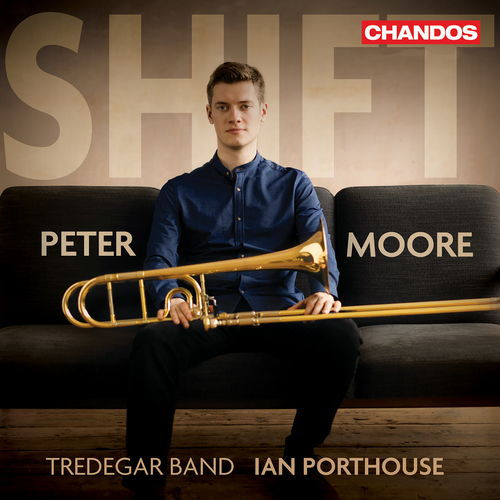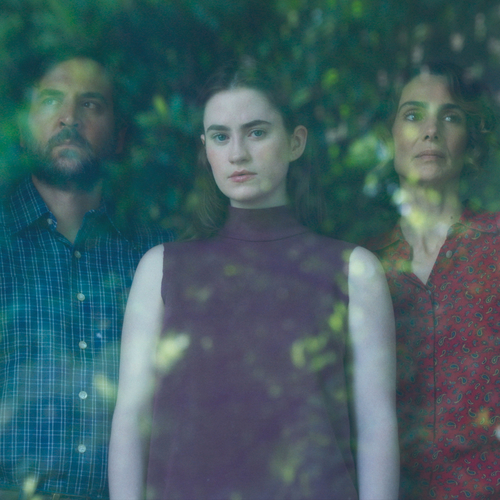In addition to its own wide-reaching monthly new releases (see www.naxos.com/newreleases.asp), Naxos also distributes several leading labels in many countries around the world. Here is a choice selection of recent releases from some of these distributed labels.
Grand Piano Records is a classical music label dedicated to exploring and discovering unknown and overlooked piano repertoire. Launched in 2012, Grand Piano quickly gained a reputation for producing high-quality recordings of rare keyboard gems. The label’s main noted feature is the production of complete cycles of piano works by numerous lesser-known composers, many of whom might have otherwise remained overlooked and unrecorded. Notable composers featured include Leopold Koželuch, Selim Palmgren, Alexander Tcherepnin, Louise Farrenc, and Mieczsław Weinberg. Grand Piano artists are often authorities on these composers and their repertoire, giving their performances a distinctive sense of authority. The Grand Piano catalogue is not only historically comprehensive but also globally expansive, with piano music from 40 countries and spanning every historical period. From Viennese classical sonatas to Argentine tangos and contemporary experimental music, most albums feature world premiere recordings.
Franz Xaver Mozart, who studied with Salieri and Hummel, was a composer-pianist like his father, Wolfgang Amadeus, but inevitably laboured under the weight of huge expectation. This album contains his largest work for solo piano, the Piano Sonata in G Major – an assured, distinctive piece that balances dance with drive. His most virtuosic work is the exuberant Fantasy on a Russian Song and a Krakowiak, while his mischievous Variations on a Russian Theme and the variations on his father’s Don Giovanni illustrate Franz Xaver’s great gifts for elaboration and playfulness. Robert Markham, who has conducted research into the life and music of Franz Xaver Mozart, has been hailed as a performer of ‘astonishing lucidity and coherence’ by Musical Opinion.
Pre-Order – Available in April 2025
Positioned between Southern Europe and North Africa, Malta has long been an artistic crucible that forms one of the Mediterranean’s most significant cultural crossroads. With its intense pianistic colours, Charles Camilleri’s African Dreams explores that continent’s native rhythms and melodic lines, while Carmelo Pace and Carlo Diacono look towards the worlds of Liszt and Chopin. Josie Mallia Pulvirenti’s rarely heard Impressione Sinfonica is a concert masterpiece of virtuosic majesty, steeped in the piano’s Golden Age. Award-winning Maltese pianist, Charlene Farrugia, has done extensive research into the life and work of composers from her homeland.
On 10 November 2023, Johannes Kalitzke took on a dual role as both conductor and composer at the Herkulessaal of the Munich Residenz, presenting the world premiere of his Zeitkapsel – Totentanz (Time Capsule – Dance of Death) for large orchestra, commissioned by musica viva. The programme also featured Luc Ferrari’s Histoire du Plaisir et de la Désolation, a sonic exploration of ‘new sensuality’. Both works can be experienced in this live recording of the musica viva concert.
With his distinctive concert programmes and universal musical thinking, Iván Fischer has long been one of the BRSO’s most highly esteemed guest conductors. This time, he turns his attention to French repertoire, highlighting Satie’s statuesque simplicity.
Among Satie’s most famous works, the three Gymnopédies were originally composed for piano. His close friend Claude Debussy, captivated by their delicate charm, orchestrated the first and third Gymnopédies in 1896. Here, you can hear Gymnopédie No. 1 in Debussy’s elegant orchestral arrangement.
Emil von Sauer and Conrad Ansorge had the privilege of studying under the legendary Franz Liszt, who preferred to be known as an advisor, rather than a teacher. Even so, their lessons with the world-famous composer/pianist influenced and developed both their individual styles and extraordinary abilities. This Capriccio recording presents two significant and unjustly forgotten piano concertos by these pupils of Liszt that reflect both their versatility and their deep understanding of musical form and structure.
Mendelssohn conceived the Violin Concerto in E Minor for his childhood friend, Ferdinand David, concertmaster of the Gewandhausorchester Leipzig, though it took the composer years to perfect it. The concerto remains one of the most significant works in the genre – serene, lyrical, and luminous. Tchaikovsky’s Violin Concerto in D Major is another of the 19th century’s greatest concertos, written for his favourite student, Iosif Kotek, and a work of great beauty bristling with virtuoso challenges. On this album, they are performed by the brilliant Guido Sant’Anna, the first South American violinist to win the prestigious Fritz Kreisler International Competition.
Ronaldo Miranda is a multi-award-winning Brazilian composer with works commissioned by leading artists and institutions. His music is regularly performed in prestigious venues in Brazil and around the world. Miranda’s Piano Concerto is an exciting virtuoso blend of atonality alongside hints of Bartók, contrasting with the flowing scales and delicate patterns found in the Concertino. The prize-winning Horizontes is a symphonic poem that tells the story of Christopher Columbus’s voyage to the New World, while Variações Temporais (Beethoven Revisitado) is an inventive set of variations on some of Beethoven’s most famous motifs and themes.
French music specialist, Jean-Luc Tingaud, conducts a selection of Fauré’s secular choral and theatrical music – works that remain relatively little known. Setting a text by Victor Hugo, Les Djinns is heard in Fauré’s version for choir and orchestra, while his first venture into incidental music, Caligula, focuses largely on the lives of the women in the Roman court rather than the Emperor. Featuring both instrumental and vocal movements, Masques et bergamasques evokes the Arcadian allure of the French fête galante style – antique, luminous and nostalgic. Also included is the premiere recording of Désiré-Émile Inghelbrecht’s inventive and sympathetic arrangement of Fauré’s largest piano work, the Thème et variations.
Exclusively available for streaming and download
Composer Aulis Sallinen (b. 1935) has been a leading voice in Finnish contemporary music since the 1960s, gaining both national and international recognition, particularly for his six dramatic and skilfully written operas, composed between 1973 and 1999. Among them is Kullervo, his fourth opera, which premiered in Los Angeles in 1992.
Beyond opera and vocal music, Sallinen has made significant contributions to chamber music, particularly through his growing Chamber Music series – often seen as a contemporary equivalent to Hindemith’s Kammermusik series – as well as his String Quartets, Sonatas, and Symphonies.
This album, celebrating Sallinen’s 90th birthday, presents a selection from ten different works, showcasing some of his finest achievements in opera, orchestral, and chamber music.
Regarded as one of the most lyrical and poetic instruments, the cello has been entrusted with some of the most beautiful melodies ever composed. However, for many composers, writing a cello concerto was often a one-time endeavour. Among the few exceptions is Soviet composer Dmitry Kabalevsky, whose Cello Concerto No. 2 in C Minor, Op.77, stands out as a remarkable work in the cello repertoire. Despite being dismissed by many in the West, a closer look at Kabalevsky’s music reveals a gifted craftsman with an innate talent for folk-inspired melodies and striking orchestrations. His Cello Concerto No. 2, influenced by the work of his colleague Dmitri Shostakovich, deserves much more recognition and a place in concert halls.
This album marks the debut recording of young Norwegian cellist Theodor Lyngstad, a rising star in the classical world. Under the baton of the talented Eva Ollikainen and alongside the innovative Copenhagen Phil, Lyngstad brings a fresh, captivating voice to this underperformed masterpiece. The album is produced by the award-winning Daniel Davidsen, ensuring a recording that is as rich and compelling as the music itself.
Tchaikovsky’s Swan Lake occupies a special place in Ahronovitch’s life. The conductor was just five years old when he attended a performance of the ballet at the Kirov Theatre. He was so fascinated that he announced to his parents his decision to become a conductor himself. Even amid the turmoil of war, he did indeed study at the conservatory and graduated with honours in 1954.
Over the course of his career, he served as chief conductor of the Gürzenich Orchestra (as the successor to none other than Günther Wand) and the Royal Stockholm Philharmonic Orchestra, whilst also conducting numerous leading orchestras around the world.
On Swedish television, Ahronovitch once made the following statement that is so characteristic of him: ‘I was never the conductor of the orchestra, I was always a colleague, a friend, and a partner.’ This humanistic approach, combined with a laid-back lack of affectation and a self-evident demand for perfection, characterised his conducting style.
Niccolò Piccinni’s L’americano is a rediscovered gem of 18th-century Italian opera, blending satire, humour, and social commentary. First performed in 1772 at Rome’s Teatro alle Valle, this operetta giocosa was composed at the height of Piccinni’s career, just before his rivalry with Anfossi and subsequent decline in Rome. The libretto, penned by Angelo Lungi, cleverly parodies French aristocratic fashion and European perceptions of the ‘American’ identity, making it a fascinating reflection of its time. Despite its historical obscurity, L’americano’s wit and musical brilliance have withstood the test of time, reaffirming Piccinni’s significance beyond his better-known works. The modern revival of L’americano at the 1996 Festival della Valle d'Itria has brought renewed interest in this largely unpublished repertoire, offering audiences a fresh perspective on the rich tradition of 18th-century comic opera.
The Donizetti Opera Festival in Bergamo continues to present early works by Donizetti that have been unjustly neglected for decades. Alfredo il Grande, a love story that explores the defeat of the invading Danish army by the victorious Britons, was first performed in 1823 and was revived in this production two centuries later. Skilfully orchestrated, it features memorable arias for the hero Alfredo, and includes a superb concluding rondo for the heroine Amalia, as well as a radiant quintet. The opera is heard here in Edoardo Cavalli’s 2021 critical edition. Gramophone called it ‘a vocally accomplished performance’ and ‘a fine revival’.
The recording is characterised by an uncompromising fidelity to the work, which makes it possible to experience Richard Strauss’ masterpiece in all its facets. All of the passages that are usually removed, which are essential for understanding the work and its power, have been opened up. Richard Strauss himself emphasised in his memoirs how important words and singing were to him in the opera. He reported that the conductor Ernst von Schuch unleashed the orchestra at the dress rehearsal to such an extent that Strauss had to muffle him in order to maintain a balance with the voices.
This admonition accompanied Julien Salemkour and Barbara Krieger as they rehearsed Elektra during the COVID period. The production was an extraordinary endeavour and an impressive example of creative solutions in difficult times. When it was hardly possible to realise larger music projects, the team decided on an unusual approach: the orchestra was to be recorded first, and the soloists would sing their parts later to the existing orchestral recording – and so a number of international artists came together under the most difficult pandemic conditions at different times in different places for the recordings.
Experience an Elektra that impresses with its unleashed orchestral sound as well as its extraordinary text comprehensibility.
Caroline Shaw’s How to Fold the Wind, recorded by Ars Nova Copenhagen and conducted by Paul Hillier, is a mesmerising choral work that expands on the vocal acrobatics the composer has explored with her Grammy-winning ensemble, Roomful of Teeth.
Co-commissioned in 2019 by Chamber Choir Ireland and Kilkenny Arts Festival (with funding from the Arts Council/an Chomhairle Ealaíon) together with Carnegie Hall (New York), Ars Nova (Copenhagen), and Bella Voce (Chicago), the piece is inspired by Japanese origami. It uses speech, inhaled notes, wordless melodies, and innovative vocal effects to fold individual voices together into a complex whole.
The complete recording is packaged as part of a split album with Michael Gordon’s A Western, recorded by Theatre of Voices and also conducted by Hillier. ‘The music calls for ordinary singing,’ Hillier explains in his liner notes, ‘but also for other vocal sounds, some drawn from everyday speech, or counting out numbers, or vocalizing phonemes – some voiced, some unvoiced using just breath. At first the story is hidden, then it begins to reveal itself in brief utterances, which lead us in a different direction.’
Mozart’s Mass in C Minor was commissioned to mark the consecration of the Orphanage Church (Waisenhauskirche) in Vienna. Aged only twelve, Mozart conducted the first performance in the presence of the court ‘to the general approbation and admiration of everyone’, as the Viennese press reported.
Haydn’s Missa in angustiis was written 30 years later. The nickname ‘Nelson Mass’ was acquired following a performance given in the presence of Admiral Nelson in 1800. Haydn held the position of Kapellmeister at the palace of Prince Esterházy. The prince became obliged to reduce the size of his court orchestra because of financial constraints, but Haydn nevertheless went on to compose six masses, with the ‘Nelson Mass’ widely regarded as his finest setting.
Discovering a masterpiece that is still largely unknown to the music world creates a very special excitement – and is a real rarity. To find three such gems and to capture them in a premiere recording with outstanding artists is a stroke of luck! Even though the first recording of Amy Beach’s Gaelic Symphony with the Munich Symphony Orchestra under its new chief conductor Joseph Bastian can now be found time and again in the concert repertoire, Beach’s fascinating musical language remains undiscovered territory for many musicians. And that is precisely what makes working with it as an interpreter so beautiful and exciting: immersing in a new world of sound, harmonising the details with the broad lines and learning to understand the subtleties and sophistication of her magnificent art of orchestration is an enriching experience that opens the ears and soul. This music is so rich, so multi-layered and so colourful that you can only love it. The Gaelic Symphony is the very first symphony by an American female composer. Its existence is due on the one hand to the creative power and defiant self-confidence of Amy Beach, who did not give up music despite being under the thumb of her husband.
The three vocal works on this album (all première recordings) are imbued with poetry and drama. It was particularly moving for the Munich Symphony Orchestra, Joseph Bastian, and the singers Angela Brower and Camille Schnoor to bring these sounds back to life for the first time in over a century, as far as is known.
Quatuor Danel, internationally celebrated for their interpretations of Shostakovich and Weinberg, present Sergei Prokofiev’s rarely heard string quartets in a stunning new recording. Prokofiev composed only two quartets, yet these works reveal his genius in crafting masterpieces within a genre he rarely explored.
The String Quartet No. 1 in B Minor, Op. 50, was commissioned by the Library of Congress during Prokofiev’s American tour in 1930. Its intricate textures and unconventional form, culminating in a poignant slow finale, showcase Prokofiev’s unique voice and meticulous attention to detail. String Quartet No. 2 in F Major, Op. 92, composed during Prokofiev’s wartime exile in the Caucasus, integrates Kabardinian folk themes into a vibrant, classical framework. Its lively dances and evocative melodies demonstrate his ability to blend folklore with sophisticated artistry.
Completing the album is the Visions Fugitives, a series of fleeting miniatures originally written for piano and arranged for string quartet. This adaptation highlights Prokofiev’s kaleidoscopic tonal palette and lyrical depth.
Recorded in the Mendelssohn Hall of Leipzig’s Gewandhaus in March 2024, this album offers a deeply immersive journey into Prokofiev’s ‘closed world’ – a magical blend of drama, intimacy, and innovation that defines his chamber music legacy.
The Cavatina Duo – renowned Bosnian guitarist Denis Azabagić and Spanish flutist Eugenia Moliner — collaborates with the GRAMMY Award-winning Pacifica Quartet on River of Fire, an album featuring world-premiere recordings of five original compositions that bridge classical traditions and Gypsy influences.
The works, composed for the duo by Clarice Assad, Sérgio Assad, Matthew Dunne, Stacy Garrop, and Atanas Ourkouzounov, draw on the music and history of the Romani diaspora, weaving a narrative of migration, displacement, and resilience. The Cavatina Duo is committed to innovation and cultural exploration with a deep understanding of historical influences, from Balkan and Spanish Gypsy music to Indian classical traditions, emphasizing an East-to-West and West-to-East exchange, echoing Gypsy music’s historic migration.
Born in 1984, Krzysztof Meisinger is one of the most fascinating and charismatic classical guitarists of our time. His artistic development has been deeply influenced by such renowned teachers and musical authorities as Aniello Desiderio (Italy) and Christopher Parkening (USA). Meisinger’s talent is often compared to that of pianist Piotr Anderszewski and fellow guitarist Pepe Romero. His performances across the globe further underscore his reputation.
Nigel Simeone notes: ‘Ranging from traditional songs to one of the leading flamenco composers of the present day, through music inspired by the sights and sounds of Spain from the 1700s to the early 1900s, Meisinger: The Spanish Album presents the guitar as the main protagonist in a programme of arrangements accompanied by strings and percussion: reworkings that are perhaps no more surprising than the music itself, much of it filtered through the creative imaginations of composers from Boccherini to Falla. The string accompaniments on this recording add warmth, colour, and sustaining harmonies to support the guitar, and to these have been added improvised percussion parts – from red-blooded castanets to the delicate, atmospheric sounds of bar chimes. Through all this, the guitar is the eloquent soloist, and the musical embodiment of Spain.’
Oboe and Guitar Duets through the Centuries follows a chronological journey starting from the perfect tonal harmonies of the 1800s and arriving at the stylistic plurality of contemporary music. From Napoléon Coste’s beautifully balanced Le Montagnard via Tom Eastwood’s descriptive and exotic Uirapurù, to the sweet but sometimes turbulent sea nymphs in Katsumi Nagaoka’s La Danza delle Nereidi, this selection of new and rarely heard repertoire is performed with every nuance of the Trofa-Crecchi Duo’s signature brilliance and musicality.
Ubique lives on the border between enigmatic lyricism and atmospheric distortion. Through a combination of sounds, pitches, and textural nuances, low deep drones envelop lyrical materials and harmonies that breathe in and out of focus throughout the progress of the piece. The flow of the music is primarily guided by continuous expansion and contraction — of various kinds and durations — as it streams with subtle interruptions and frictions but ever moving forward in the overall structure.
The work is inspired by the notion of being everywhere at the same time, an enveloping omnipresence, while simultaneously focusing on details within the density of each particle, echoed in various forms of fragmentation and interruption and in the sustain of certain elements of a sound beyond their natural resonance – throughout the piece, sounds are both reduced to their smallest particles and their atmospheric presence expanded towards the infinite.
As with my music generally, the inspiration is not something I am trying to describe through the music as such – it is a way to intuitively approach and work with the core energy, structure, atmosphere and material of the piece.
Ubique is 45 minutes in duration and is written in 11 parts, for flutes, grand piano, 2 cellos and pre-constructed electronics.
Heliossea is an intermedia work for flutes and live electronics, composed by Alessandro Grego in 2003 and premiered in Trieste on June 21 – the summer solstice – of the same year. It serves as a meditation on the rising of the sun, starting from the first ray of light at dawn as it breaks over the horizon. Astronomical data about this phenomenon, translated into sound using Grego’s custom-designed software, plays a crucial role in shaping the music.
To mark the 20th anniversary of Heliossea’s premiere, Grego created a new version in 2023 titled Heliossea XX. This updated rendition was first performed on 3 September 2023, at the Miramare Castle Park in Trieste. The work is conceived as a tribute to Margherita Hack and her significant contributions to science and Italian culture.
Produced by the Prodigys Group, this new version of Heliossea was realised in collaboration with INAF-OATS, which oversaw the scientific aspects of the project, and the ‘Studio di Sonologia Computazionale’ in Padua, under the direction of Alvise Vidolin, which managed the surround sound diffusion. Astronomical data provided by the National Institute for Astrophysics (thanks to its director Fabrizio Fiore and Massimo Ramella) enhanced the work’s precision and immersive quality.
The invention of the chromatic pedal, which simplified playing, significantly increased the popularity of the harp. So popular did the instrument become that Beethoven wrote his Variations on a Swiss Song ‘pour harpe ou piano’. Later, his most popular pieces were arranged, such as the ‘Moonlight’ Sonata, which was virtuosically transcribed by John Thomas, harpist to Queen Victoria. The Divertissements pour la harpe were once thought to be by Beethoven but are possibly by his contemporary and acquaintance, Count Karl Wilhelm von Haugwitz. Leading Italian harpist Paola Perrucci plays on an Érard harp except for the Adagio grazioso, Op. 31, No. 1 where she plays on a modern instrument.
For almost five decades, Franz Liszt wrote music that incorporated Hungarian elements and celebrated his country’s musical idioms. One of the most famous of these pieces was the Rákóczi March, two different versions of which can be heard in this album, the first in full sonata form, and the second in a more concise version. Liszt often utilised the verbunkos tradition as he does in Magyar dallok along with infectious dulcimer evocations, folk scales, drama and melancholy. Two contrasting versions of the Hungarian Rhapsody No. 6 – Magyar tempo and Célèbre mélodie hongroise – round out this evocative Hungarian selection.
In her new album, Maria Lettberg takes listeners on a musical journey through the countries of the European Union. She has curated a selection of piano works, one from each country, regardless of period or style. The collection represents all the major styles of classical music, ranging from the Renaissance, Baroque, and Viennese classical periods to Romanticism, Late Romanticism, Impressionism, 20th-century music, minimalism, and neoclassicism. Each piece from the 27 countries boasts its own fascinating characteristics, and together they paint a multi-layered picture of the European Union.
‘…When I started writing this collection of studies, I did so for a very specific reason: to justify the existence of individual piano pieces that were written without a clear destination or title, thus existing purely for their own sake. By grouping them together into a single collection, they would have more reason to exist. To achieve this, I decided to give each piece a specific imprint, a leitmotif, a focus – that is, a cell, something that would ensure each study was aimed at perfecting a specific technical deficiency in the student’s piano playing…’ – Antonio Molinini
For this album, guitarist Anders Linck explores a diverse selection of contemporary compositions that push the boundaries of the instrument. Gunnar de Frumerie’s 10 Variations on a Swedish Folk Tune transforms a simple melody into a rich, expressive journey, while Kent Olofsson’s Sonata for Guitar showcases dynamic contrasts and intricate textures. Bengt Hambræus contributes two evocative works: the lively Rondeau and the atmospheric Night Music. Jukka Tiensuu’s tripartite preLUDI, LUDI, postLUDI weaves together rhythmic intensity and playful experimentation. The program is completed by Axel Borup-Jørgensen’s delicate Morceaux, Op. 73 and Gunnar Valkare’s improvisatory Taqsim, making for a compelling and varied listening experience.
Japanese harpist Nagisa Tanaka is the winner of the 11th International Harp Competition Suoni d’Arpa 2022 edition. This recording features a selection of compositions spanning from the late 18th century to the final echoes of the 20th century. The repertoire primarily consists of opera transcriptions and pieces derived from dance music, enriched by two intriguing explorations: a variation on a popular aria (Paër) and a transcription from piano (Respighi). This diverse selection highlights the technical and musical brilliance of the exceptionally talented Tanaka, who performs on the exquisite ‘Iris naturale’ model by Salvi Harps, a world-renowned Italian company specialising in the design and craftsmanship of harps.
In this interpretation of Verdi’s Macbeth, stage director Christof Loy skilfully navigates the interplay of light and dark, infusing the opera – based on Shakespeare’s work – with remarkable depth and drama. The outstanding vocal ensemble vividly captures the psychological nuances of the characters, featuring Ludovic Tézier as the paranoid Macbeth and Martina Serafin as Lady Macbeth, the mastermind behind the crimes. Giampaolo Bisanti pours his passion into the score, while The Symphony Orchestra and the Liceu Choir deliver exceptional performances in response. Consequently, the audience experiences a flawless blend of lyrics and music, crafted by the Milanese composer, librettist Francesco Maria Piave, and poet Andrea Maffei. ‘It is a unique scenography.’ (El Pais)
Discover the brilliance of the iconic John Neumeier in this captivating double feature. The Glass Menagerie, inspired by Tennessee Williams’ poignant drama, showcases Neumeier’s extraordinary talent for storytelling through movement. At the centre of this production is renowned ballet dancer Alina Cojocaru, who inspired Neumeier to create the piece. Together with the acclaimed Hamburg Ballet, she delivers a performance that dances on the heartstrings and lingers in the soul.
Complementing this masterpiece is John Neumeier – A Life for Dance, Andreas Morell’s intimate documentary that offers a glimpse into the passion and vision of one of the greatest choreographers of our time. This edition is a must-have for dance enthusiasts and lovers of profound artistic expression.
Tchaikovsky’s lyric opera Eugene Onegin is based on Alexander Pushkin’s novel in verse – a masterpiece of Russian literature. The narrative tells the story of Onegin’s remorse in rejecting the young Tatyana and his instigation of a fatal duel in which his friend Lensky dies. The opera is constructed in what Tchaikovsky termed ‘lyrical scenes’, with music that articulates the feelings of the characters with great sensitivity and subtlety. With a minimalist set design, director Laurent Pelly’s staging underlines the lightness and sadness of the subject while fully expressing the characters’ fantasies and inner torments. After his forays into the Russian repertoire, Alain Altinoglu conducts La Monnaie Symphony Orchestra and Chorus with a cast of outstanding singers.
Classical ballet’s most powerful tale of love, treachery and forgiveness returns to the Royal Opera House stage.
Out hunting, Prince Siegfried chances upon a flock of swans. One among them transforms into the beautiful human Odette and he is immediately enamoured. But Odette is bound by a spell which keeps her captive as a swan during the day. Can Siegfried free her?
Tchaikovsky’s sensational score combines with the evocative imagination of choreographer Liam Scarlett and designer John Macfarlane to heighten the dramatic pathos of Marius Petipa and Lev Ivanov’s quintessential ballet classic. Swan Lake remains to this day one of the best-loved works in the classical ballet canon.
Born in Belfast and raised in Greater Manchester, the world-renowned trombonist Peter Moore gained international recognition at the age of twelve when, in 2008, he became the youngest winner of the BBC Young Musician competition. His early involvement in the brass band culture in Northern England was crucial to his rapid development. At just eighteen, he was appointed Co-Principal Trombone of the London Symphony Orchestra, a position he held for ten years before leaving to focus on his solo career. Moore has performed concertos with leading orchestras, including the BBC Symphony Orchestra, London Symphony Orchestra, and Royal Philharmonic Orchestra, and has given recitals at prestigious venues such as the Koninklijk Concertgebouw in Amsterdam, Wigmore Hall in London, and Wiener Musikverein in Vienna.
This album celebrates Peter’s life-long association with the brass band movement, featuring a diverse programme that includes major works such as Gordon Langford’s Rhapsody (written for Don Lusher) and the world première recording of Simon Dobson’s Shift – a trombone concerto written for Peter Moore. The album also honours other great trombonists: Arthur Pryor, a soloist with the Souza band, and Tommy Dorsey, whose hit I’m Gettin’ Sentimental over You became a timeless classic.
David Lang’s Three Birthdays is a deeply introspective and evocative soundtrack that unfolds in eight brief yet poignant movements. Performed by David Cossin, Felix Fan, Karl Larson, and Taylor Levine, the work traces a delicate emotional arc, from the fleeting joy of First Birthday to the stark realization of Disillusionment and the quiet solitude of Loneliness. The piece moves through moments of reflection and tension, culminating in the meditative Three Birthdays Theme (Long Version). With Lang’s signature minimalist approach and hauntingly restrained textures, this soundtrack offers a compelling journey through memory, passage of time, and self-examination.
Make sure to subscribe to Naxos newsletters for other great offers.








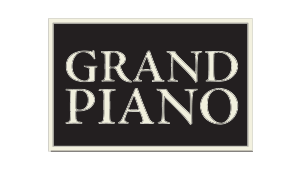
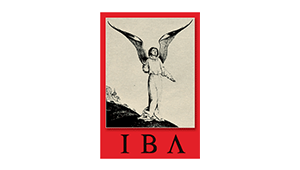



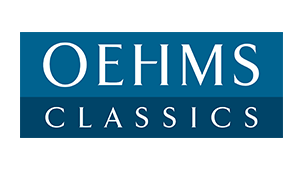


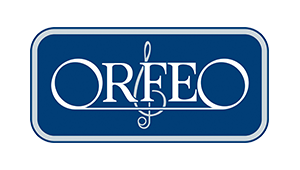








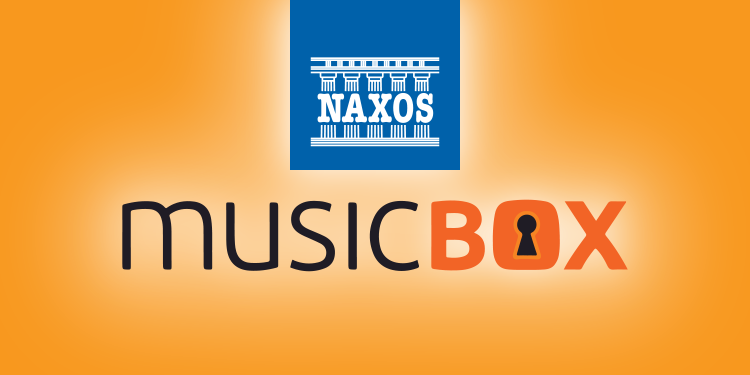



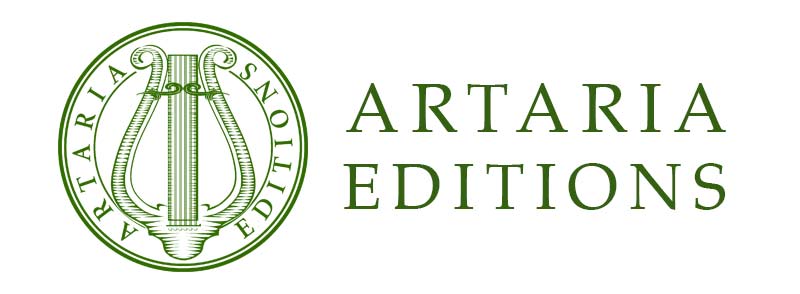



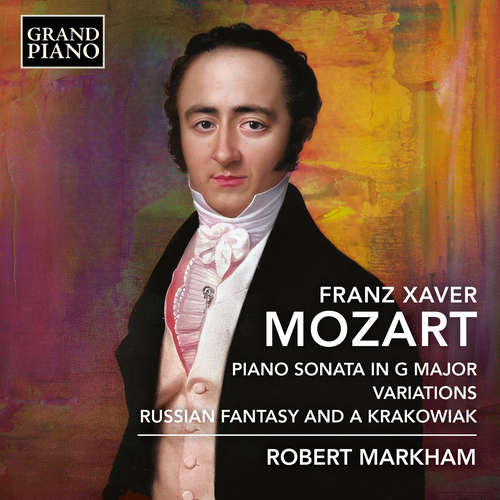
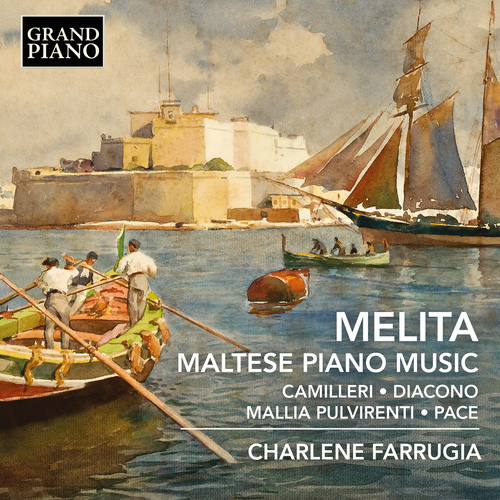
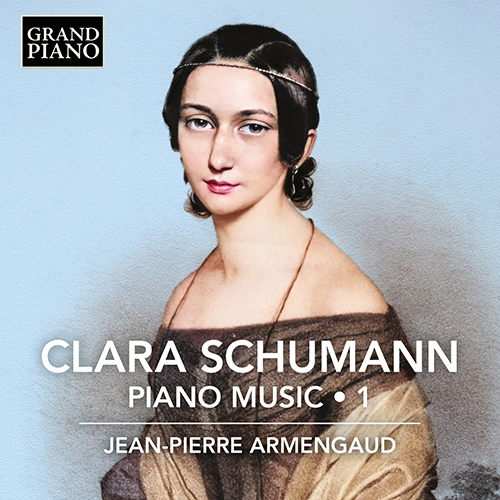
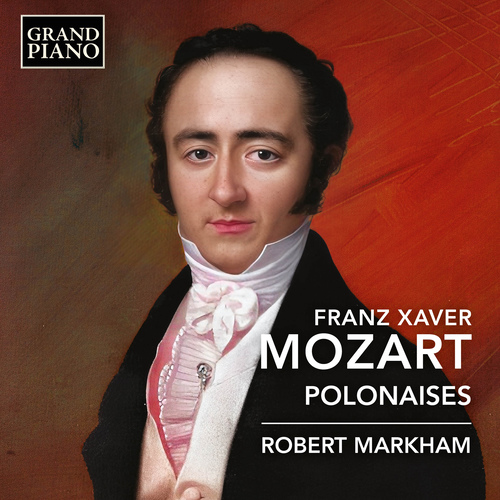
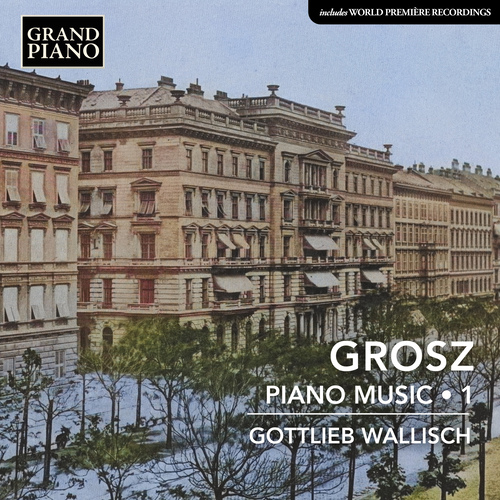

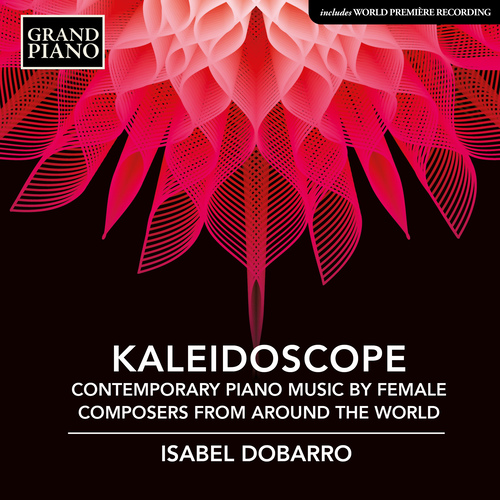
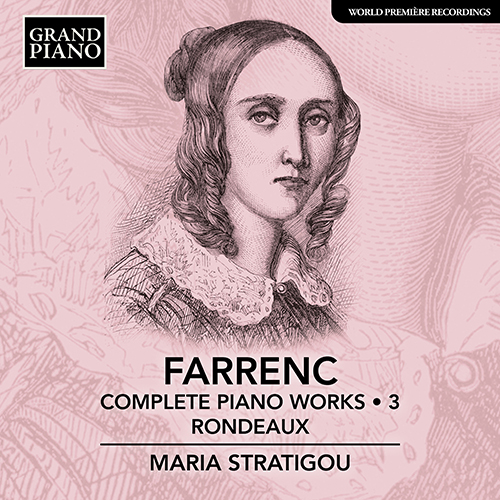

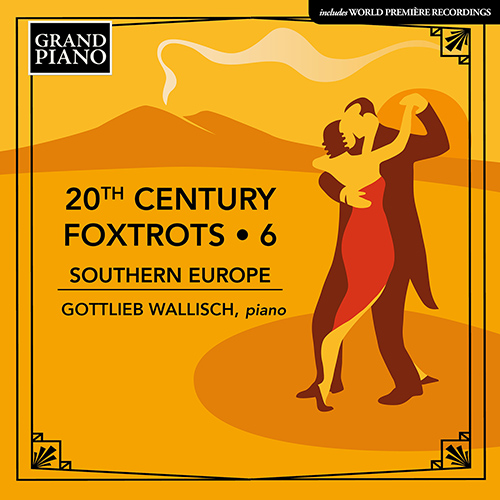
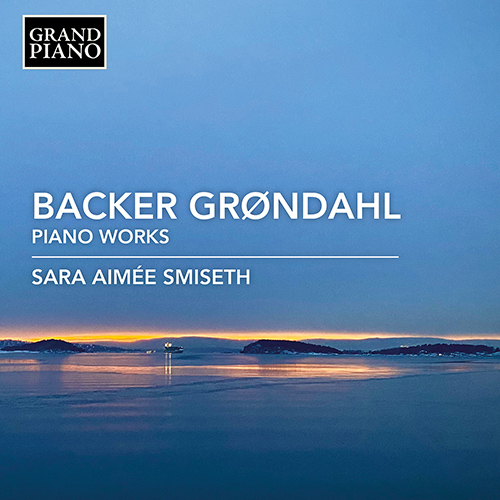
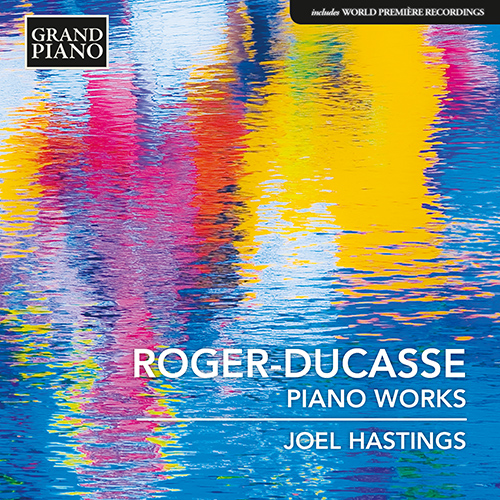
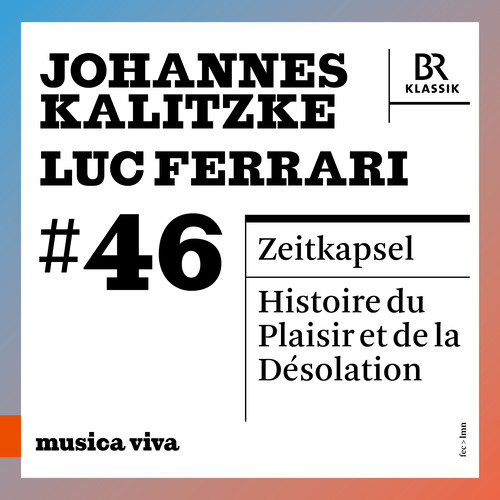
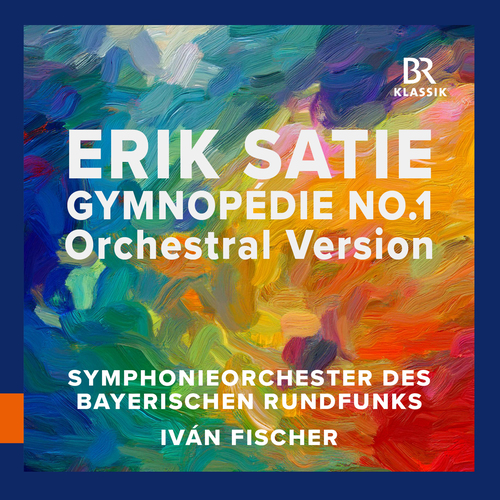
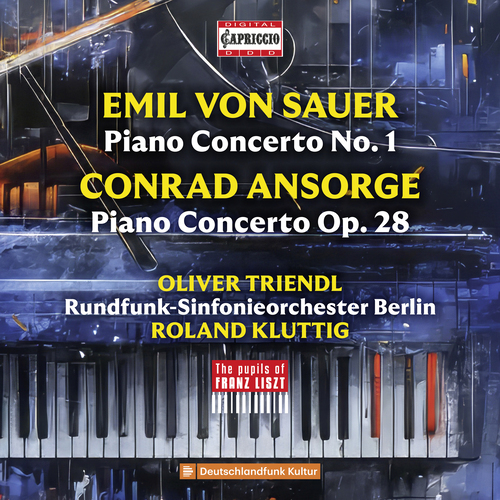
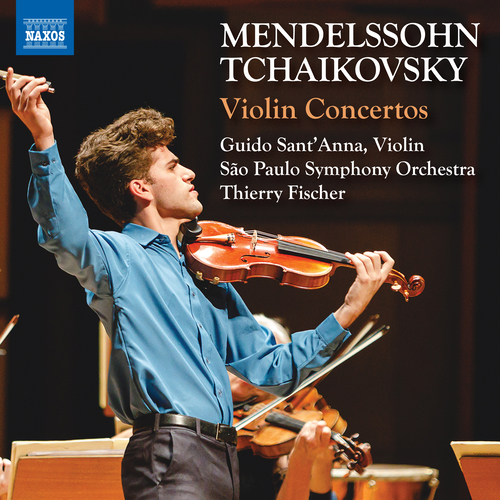
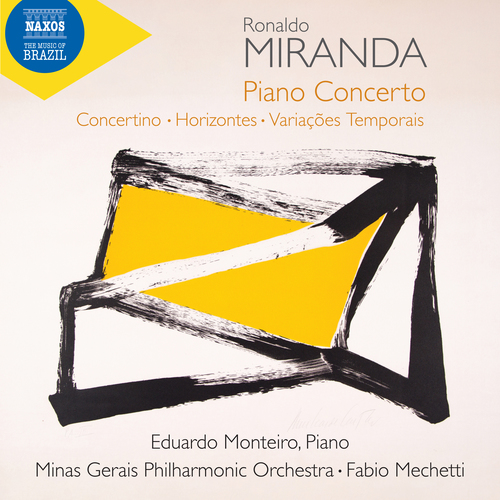
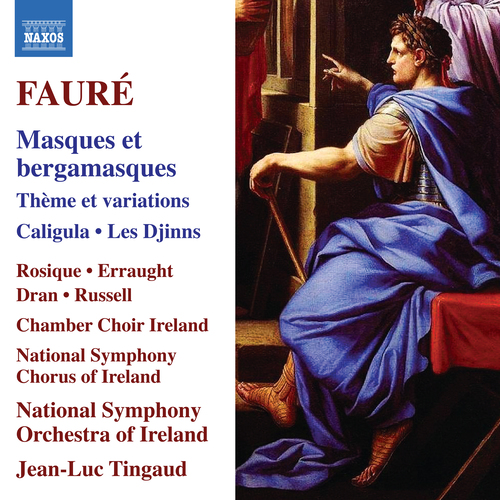
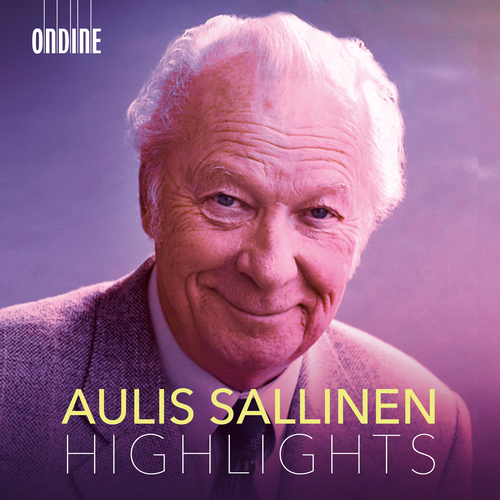
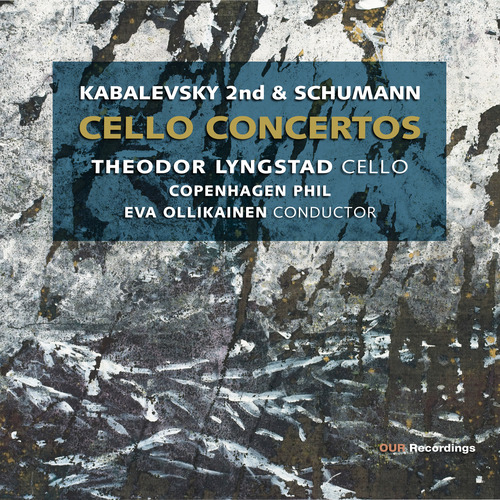
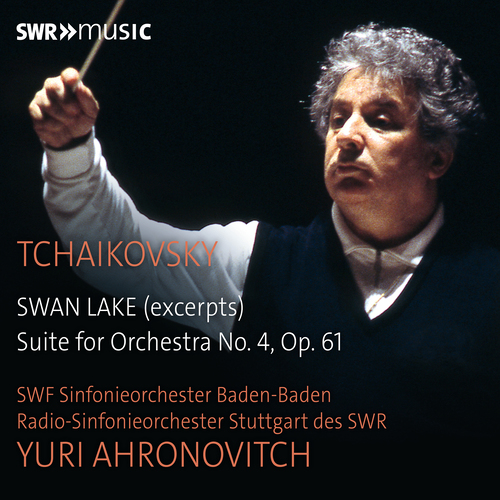
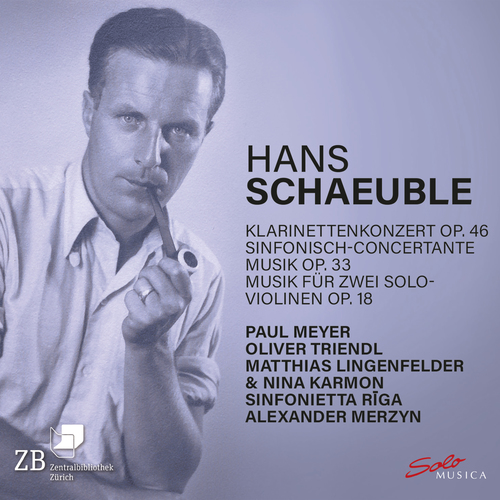
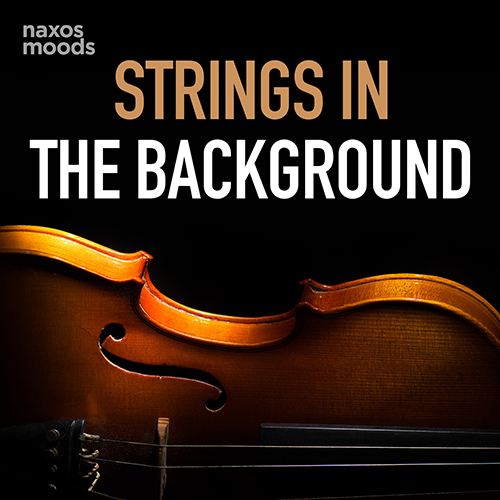
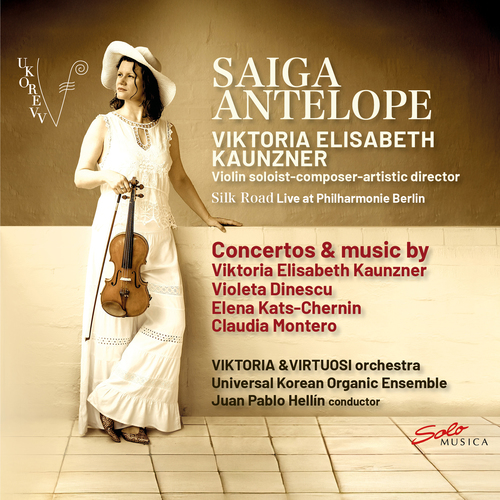
![PICCINNI, N.: L’americano [Opera] PICCINNI, N.: L’americano [Opera]](https://cdn.naxos.com/sharedfiles/images/cds/hires/CDS743.jpg)
![DONIZETTI, G.: Alfredo il grande [Opera] DONIZETTI, G.: Alfredo il grande [Opera]](https://cdn.naxos.com/sharedfiles/images/cds/hires/8.660576-77.jpg)
![STRAUSS, R.: Elektra [Opera] STRAUSS, R.: Elektra [Opera]](https://cdn.naxos.com/sharedfiles/images/cds/hires/SM484.jpg)
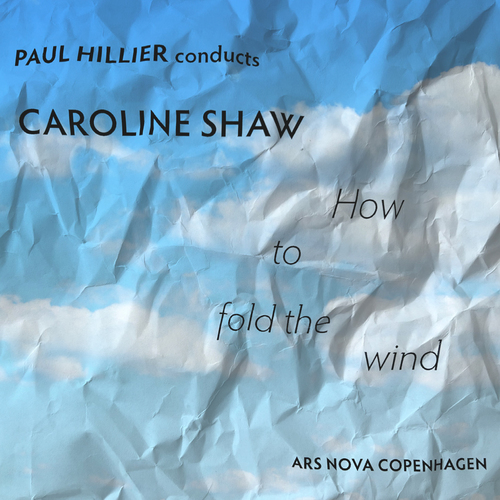
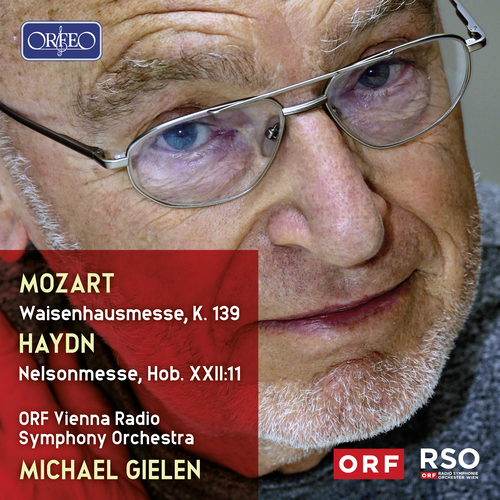
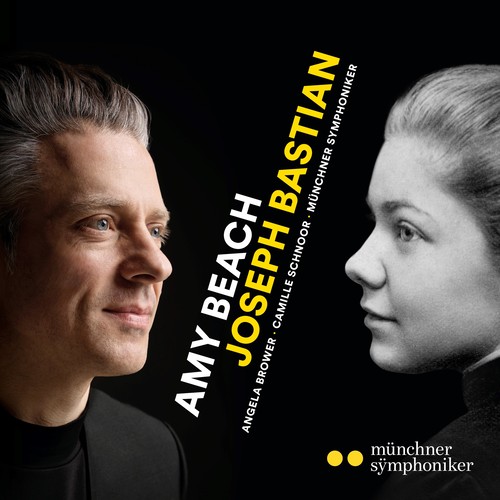
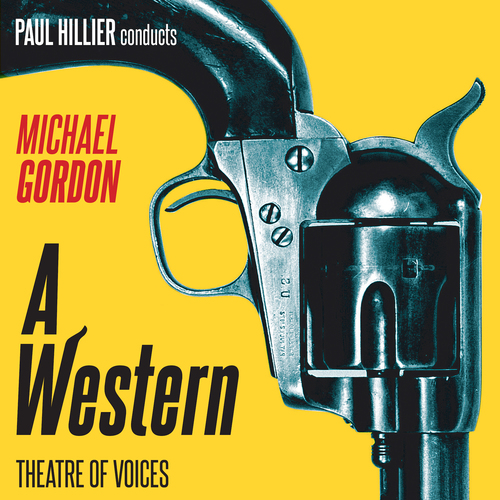
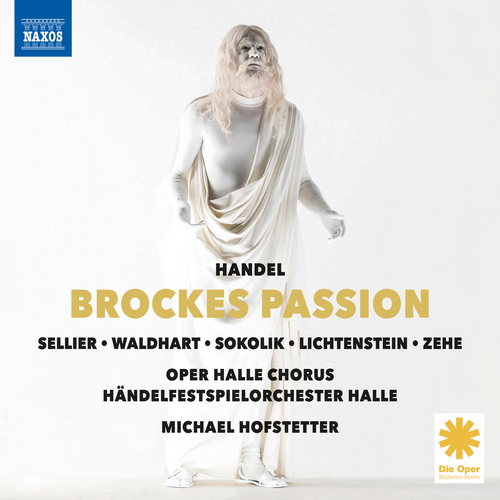
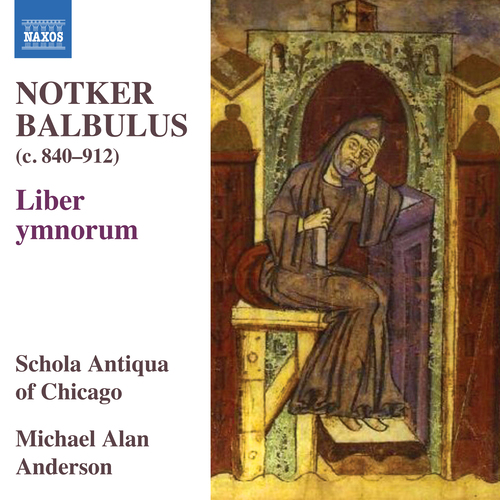
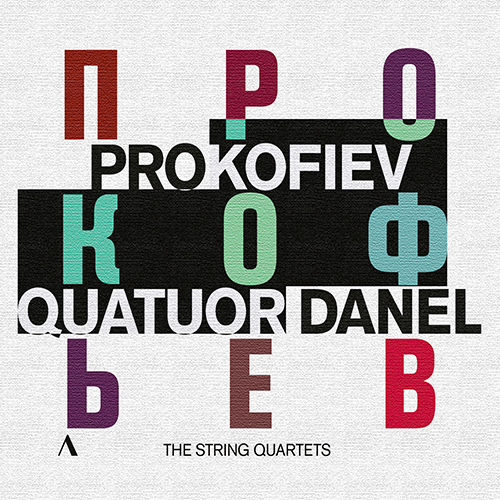
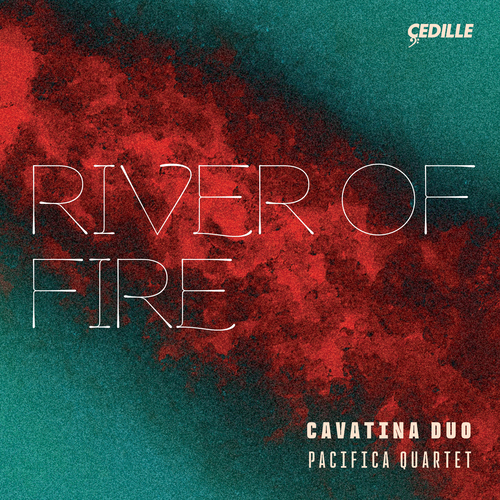

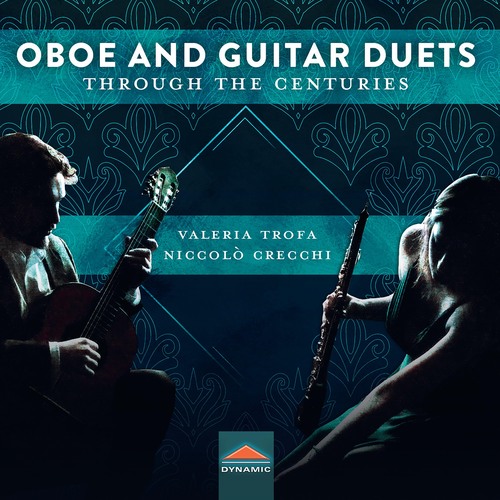
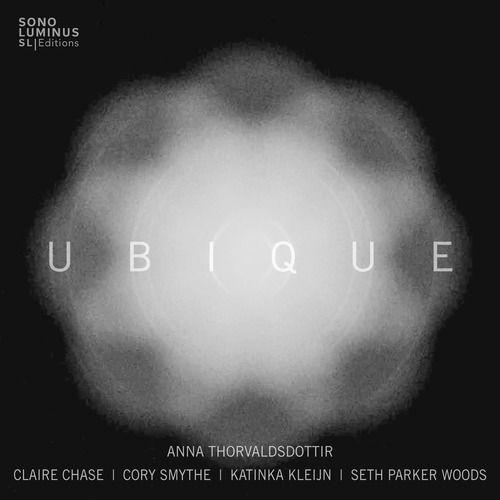
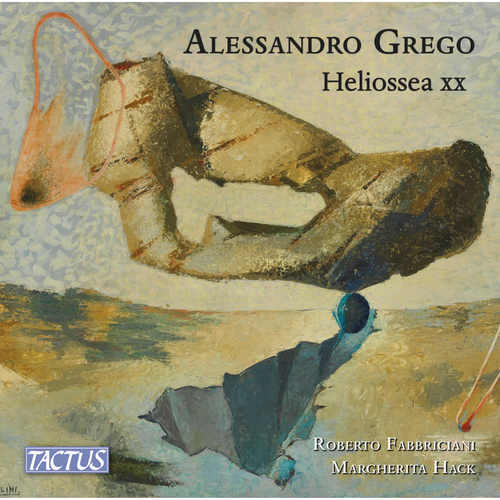
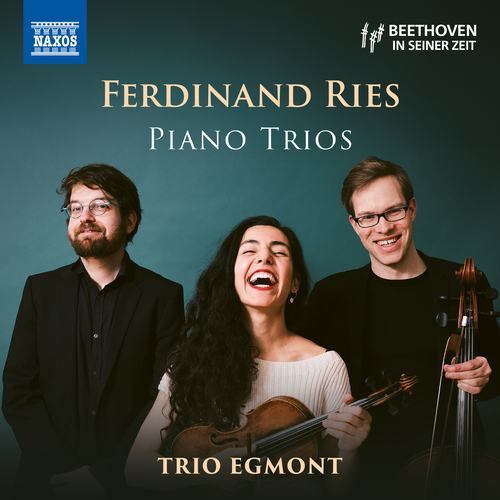
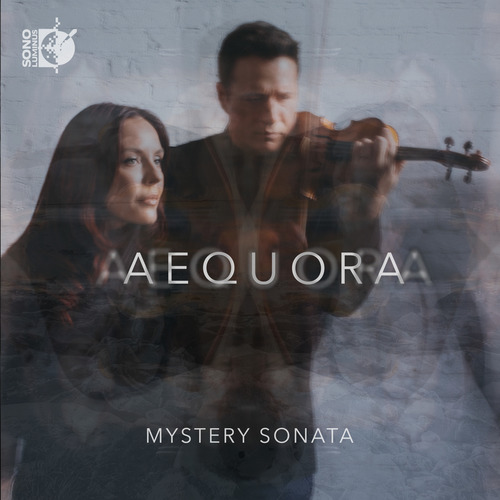
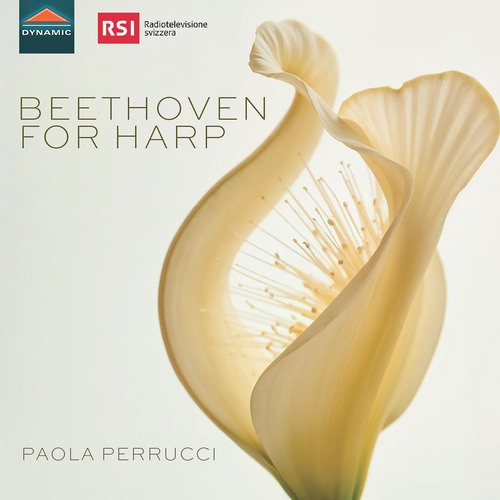
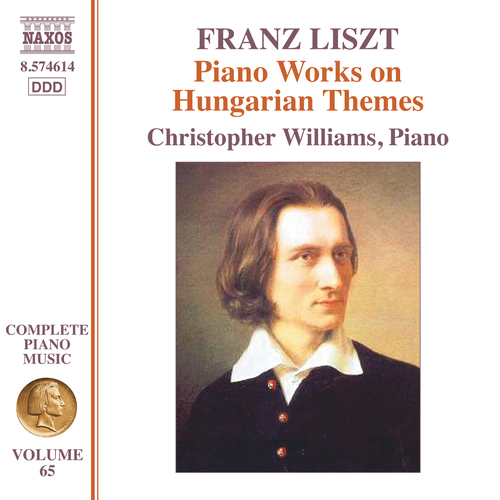
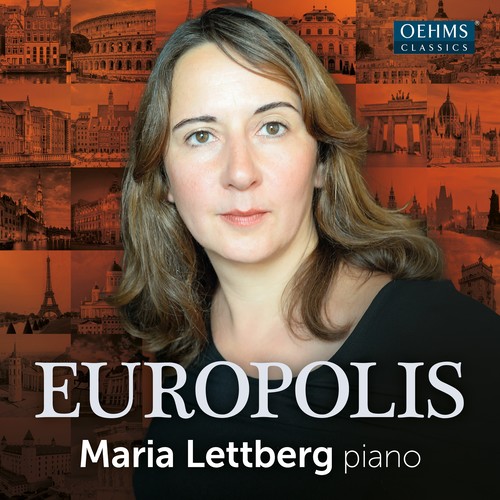
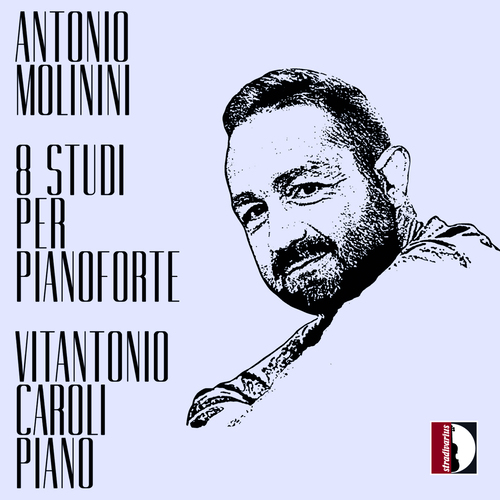
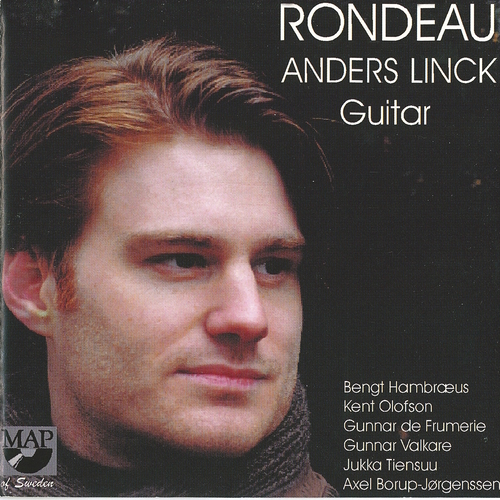
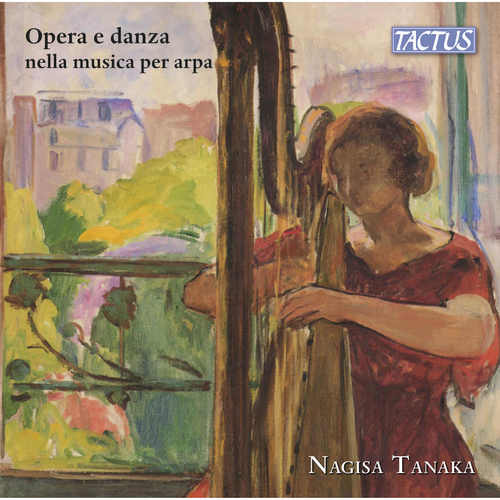
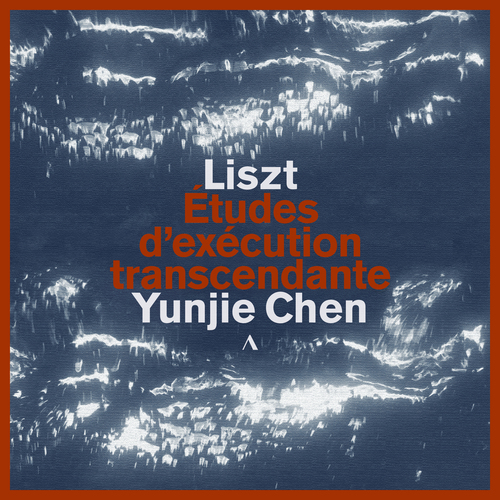
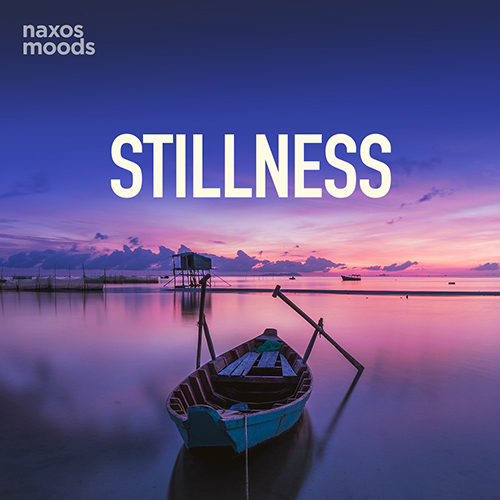
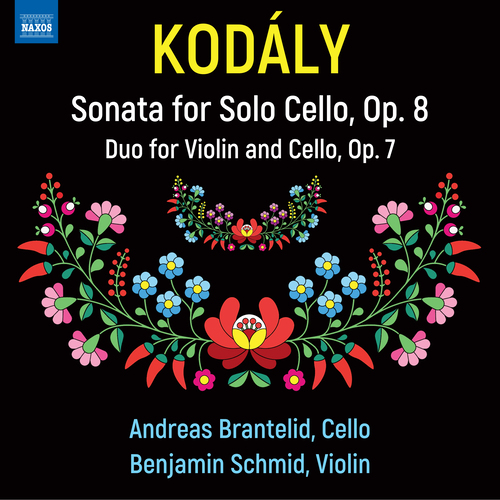
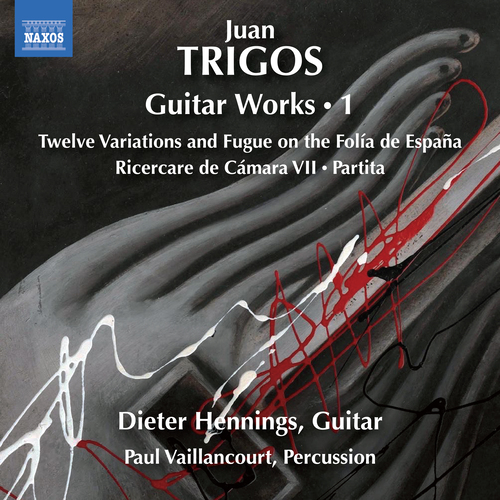
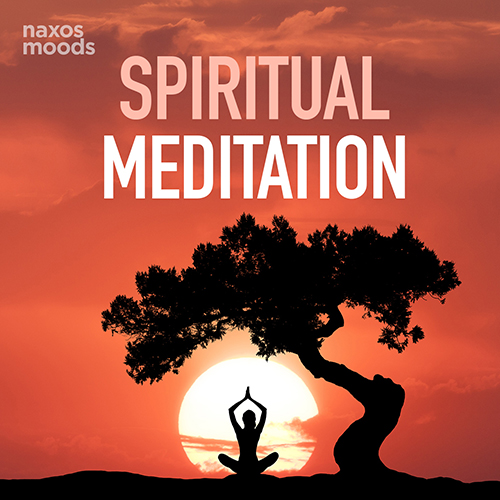
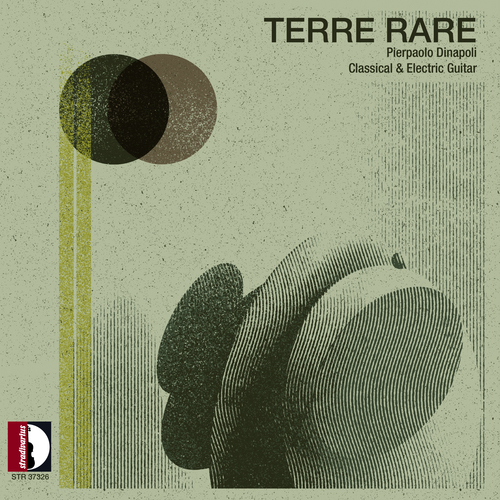
![VERDI, G.: Macbeth [Opera] (Liceu, 2016) VERDI, G.: Macbeth [Opera] (Liceu, 2016)](https://cdn.naxos.com/sharedfiles/images/cds/hires/768908.jpg)
![NEUMEIER, J.: The Glass Menagerie [Ballet] (Hamburg Ballet, 2024) NEUMEIER, J.: The Glass Menagerie [Ballet] (Hamburg Ballet, 2024)](https://cdn.naxos.com/sharedfiles/images/cds/hires/769008.jpg)
![TCHAIKOVSKY, P.I.: Eugene Onegin [Opera] (La Monnaie – De Munt, 2023) TCHAIKOVSKY, P.I.: Eugene Onegin [Opera] (La Monnaie – De Munt, 2023)](https://cdn.naxos.com/sharedfiles/images/cds/hires/2.110777.jpg)
![TCHAIKOVSKY, P.I.: Swan Lake [Ballet] (Royal Ballet, 2024) TCHAIKOVSKY, P.I.: Swan Lake [Ballet] (Royal Ballet, 2024)](https://cdn.naxos.com/sharedfiles/images/cds/hires/OA1389D.jpg)
